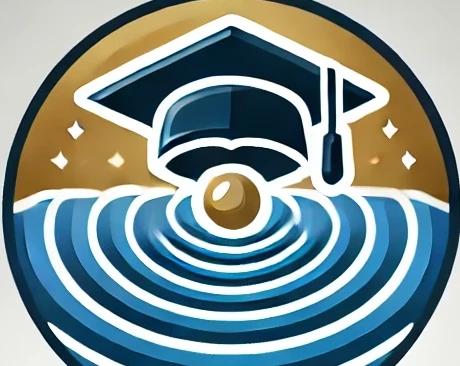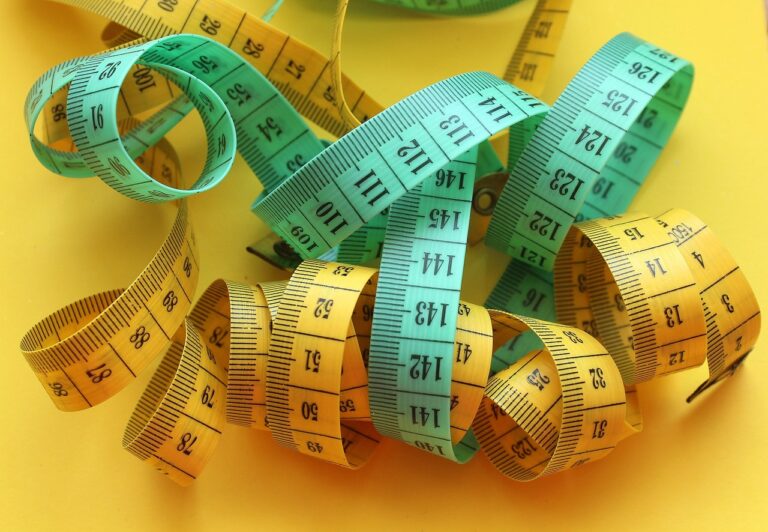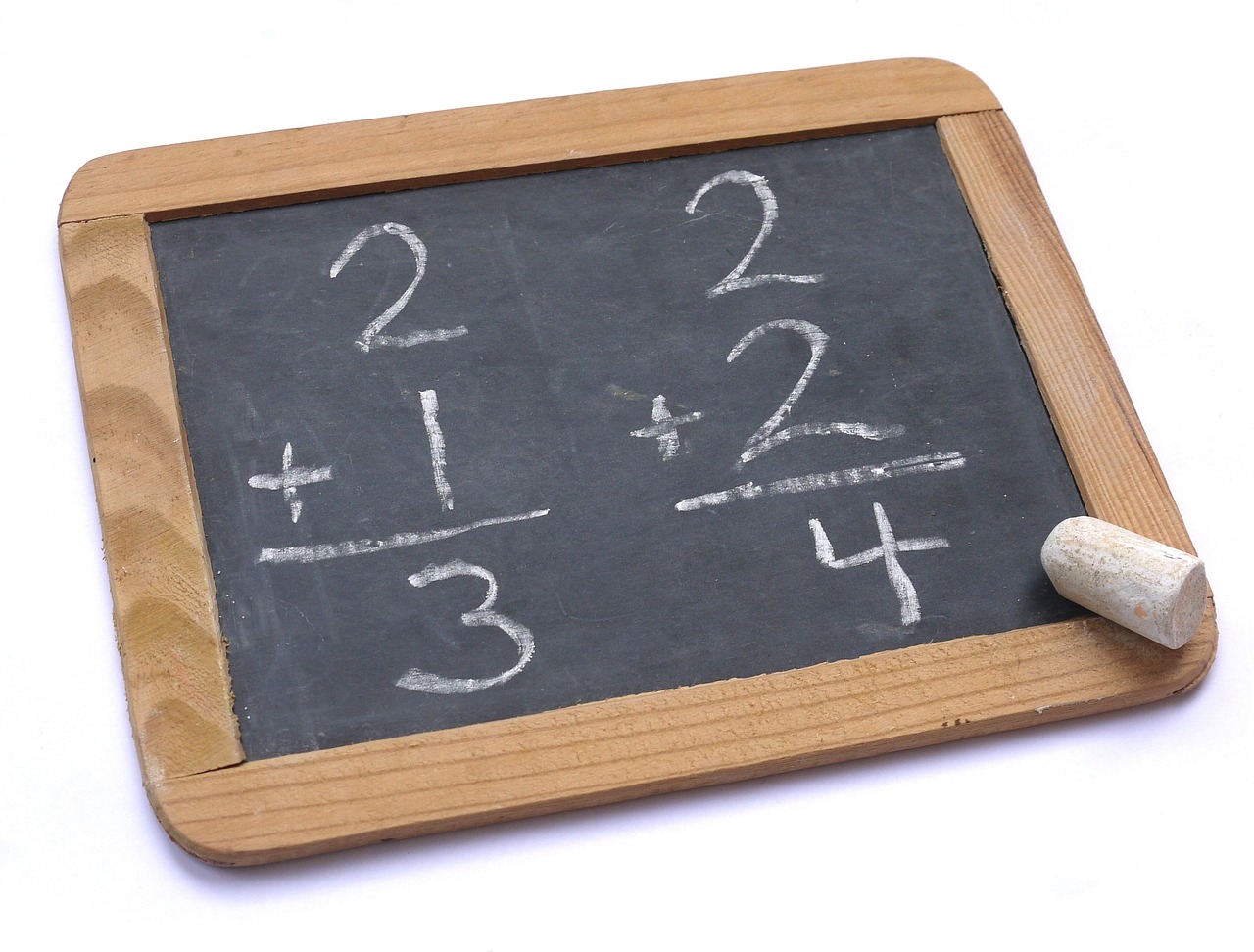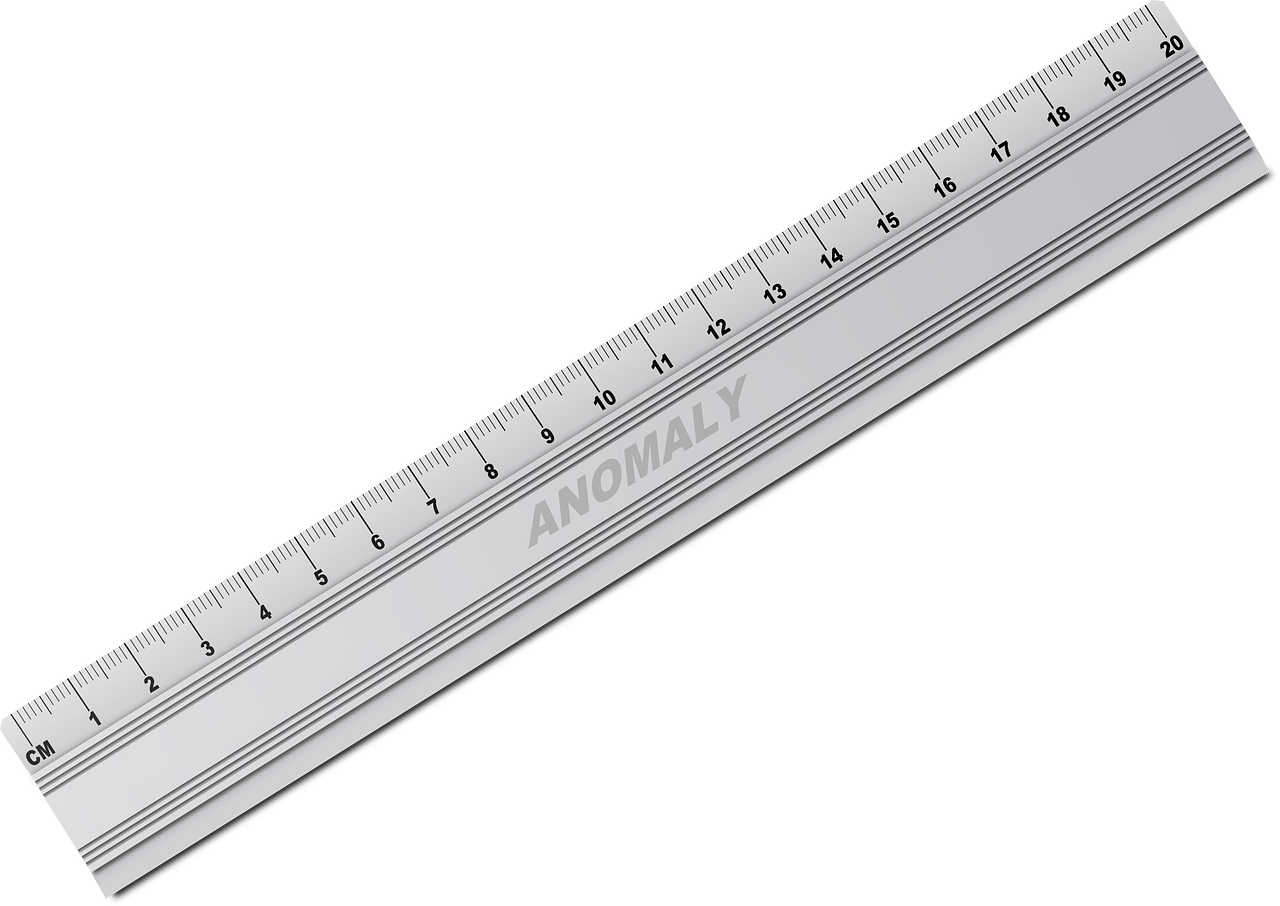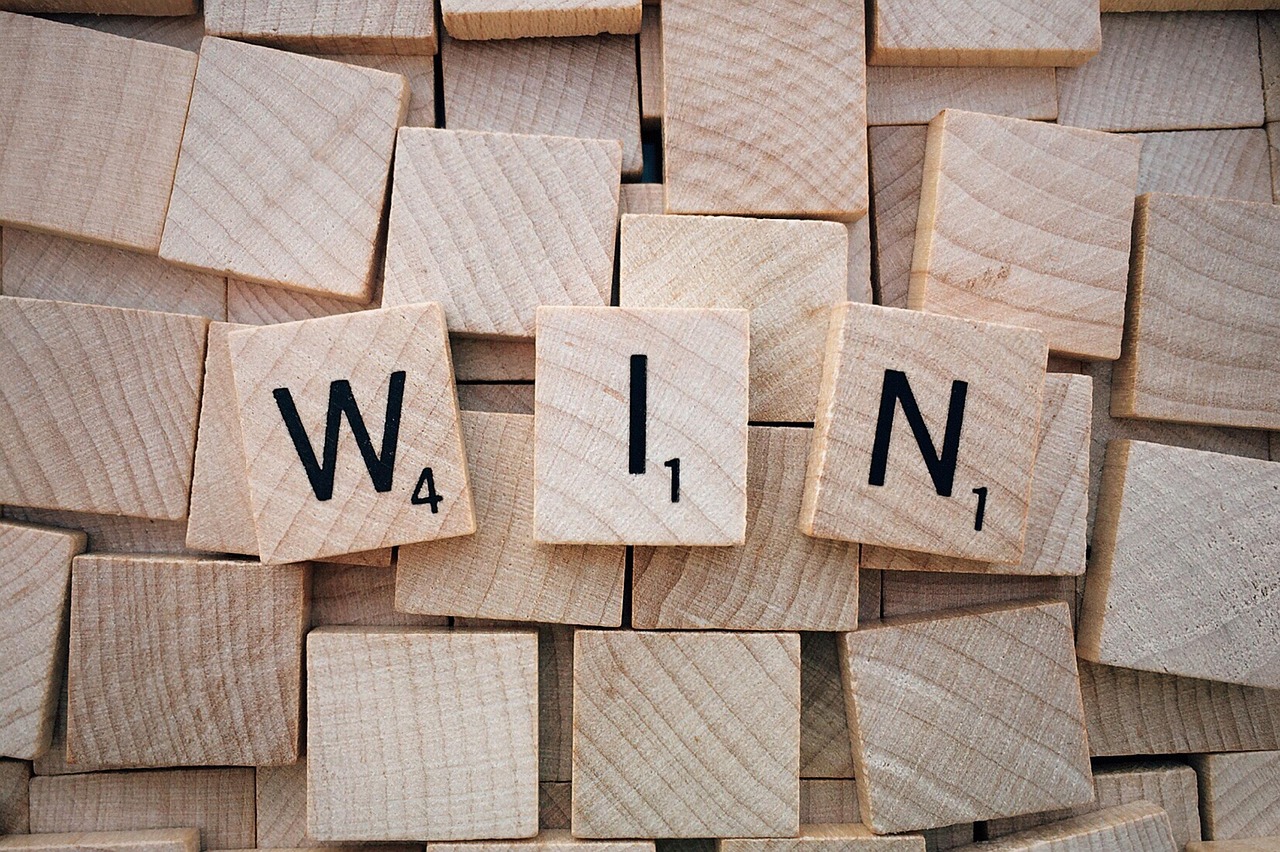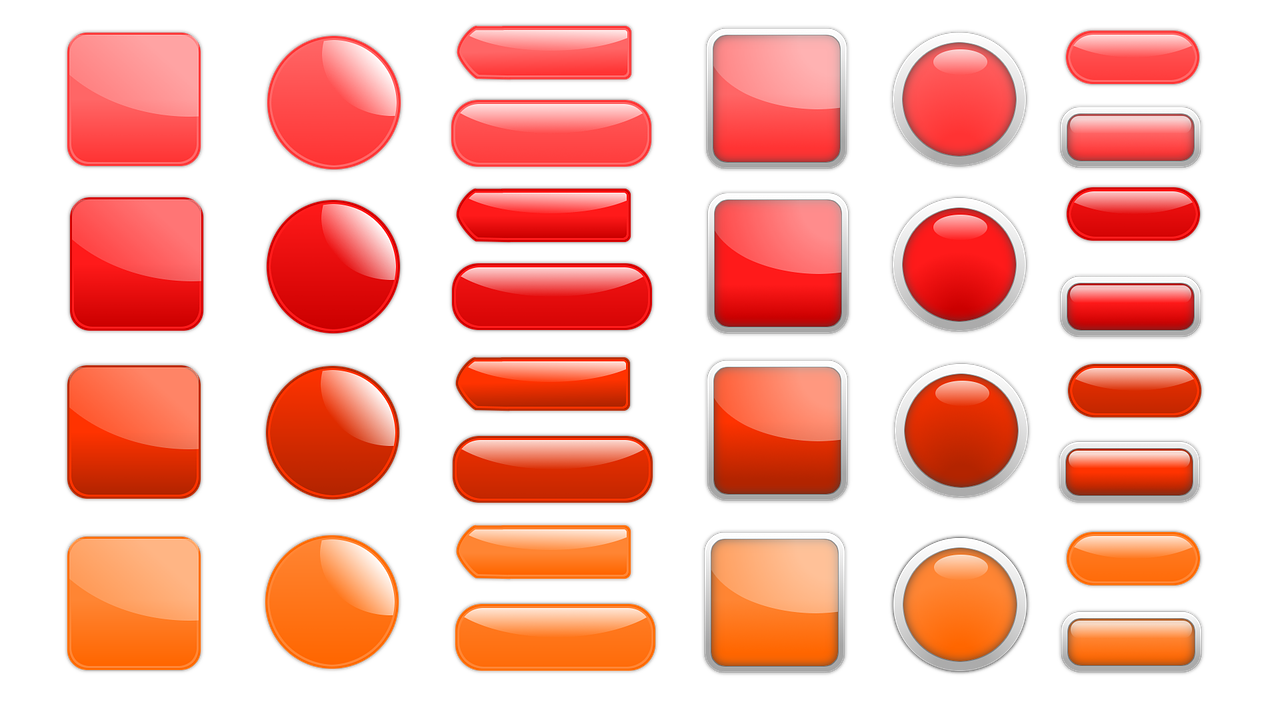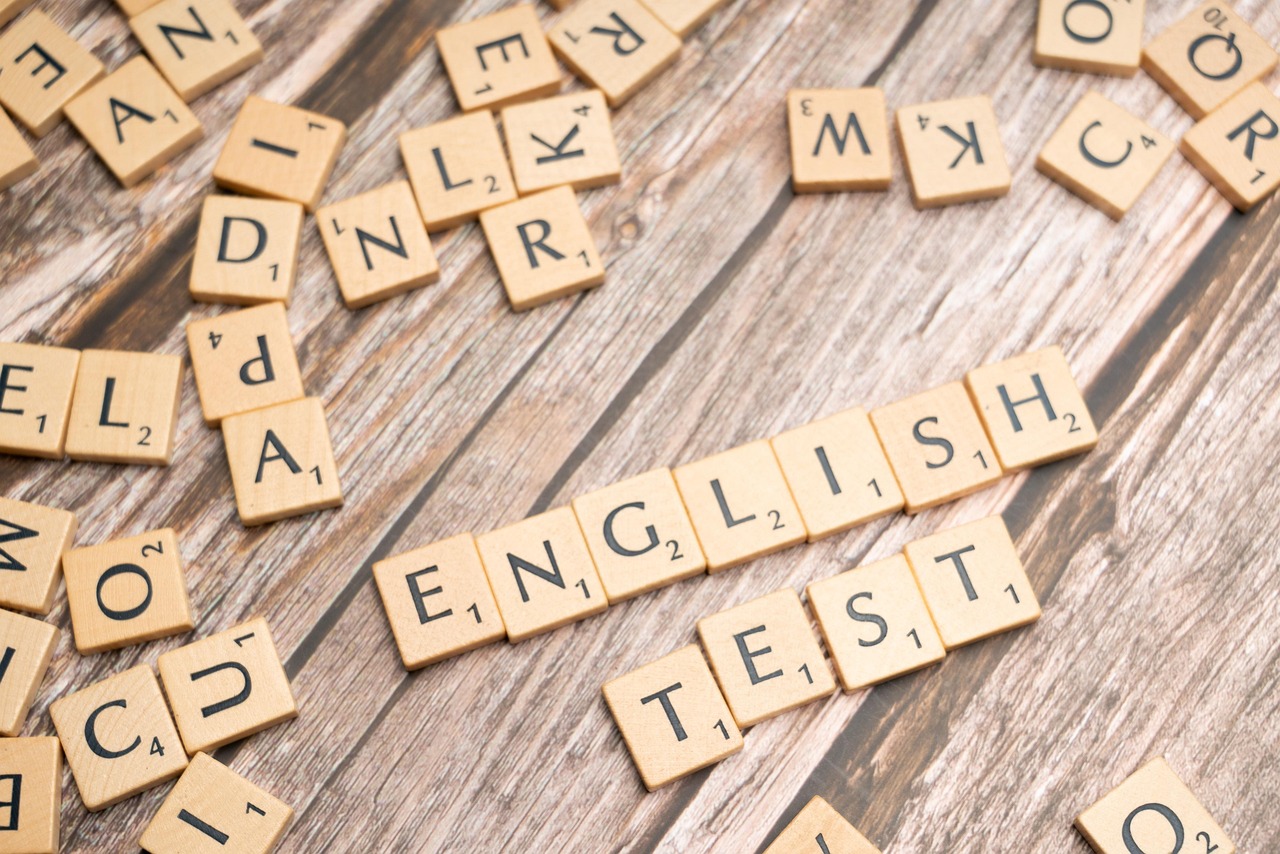Subject: Mathematics
Class: Primary 3
Topic:
Length: Non-standard and Standard Measurement
Measuring in Centimetres and Metres
Real-life Applications
Counting Numbers 841–860
Term: Third Term
Week: 2
Duration: 40 minutes
A. Lesson Objectives
By the end of the lesson, pupils should be able to:
Differentiate between non-standard and standard units of length.
Identify centimetres (cm) and metres (m) as standard units of length.
Measure objects using centimetres and metres correctly.
Apply the concept of length in real-life situations.
Count, read, and write numbers from 841 to 860.
B. Instructional Materials
Ruler (for measuring in cm)
Metre rule or measuring tape
Classroom objects (books, tables, pencils, etc.)
Flashcards with numbers 841–860
Charts showing standard and non-standard units
C. Lesson Content
1. What is Length?
Length is how long or short something is.
We use length to measure how far, tall, or wide things are.
2. Non-standard Units of Measurement
These are measurements using objects instead of real measuring tools.
Examples:
Hand span
Footstep
Arm length
Cubit (elbow to finger)
These units are not the same for everyone. They are not accurate for important measurements.
3. Standard Units of Measurement
Standard units are used by everyone and give accurate results.
Two main standard units for length:
| Unit | Symbol | Used for measuring |
|---|---|---|
| Centimetre | cm | Small lengths (e.g., pencil) |
| Metre | m | Longer lengths (e.g., room) |
100 centimetres = 1 metre
4. Tools for Measuring Length
Ruler – used to measure in centimetres
Measuring tape – used for cm and metres
Metre rule – used to measure in metres
5. Measuring in Centimetres and Metres
Example 1:
Measure the length of a book using a ruler:
👉 The book is 25 cm long.
Example 2:
Measure the height of the classroom door with a metre rule:
👉 The door is 2 metres tall.
6. Real-life Applications of Length Measurement
We use length in daily life to:
Buy cloth (in metres)
Measure height or distance
Measure tables, books, or doors
Build houses and roads
7. Counting Numbers from 841 to 860
Let’s count from 841 to 860:
841, 842, 843, 844, 845, 846, 847, 848, 849, 850,
851, 852, 853, 854, 855, 856, 857, 858, 859, 860
Reading and Writing Numbers:
841 → Eight hundred and forty-one
850 → Eight hundred and fifty
860 → Eight hundred and sixty
D. Class Activities
Activity 1: Measuring Practice
Let pupils use rulers and measuring tapes to measure items around them (e.g., pencils, books, tables).
Activity 2: Real vs Non-standard
Give two objects to measure using hand spans and then measure the same with a ruler. Compare results.
Activity 3: Counting Game
Have pupils stand in a circle and count from 841 to 860, one after another.
E. Evaluation (Assessment)
Ask pupils:
What is the difference between standard and non-standard measurement?
Name two tools used for measuring length.
How many centimetres make one metre?
What is the length of your pencil in cm?
Write the numbers from 855 to 860.
F. Assignment
Measure and write the length (in cm) of:
Your book
Your shoe
Your desk
Write the numbers from 841 to 850 in words.
G. Conclusion
Length helps us to know how long or short things are.
We can measure using non-standard units (like hand spans) or standard units (like cm and m).
We use length measurements in real life every day.
We can count and write numbers from 841 to 860.
